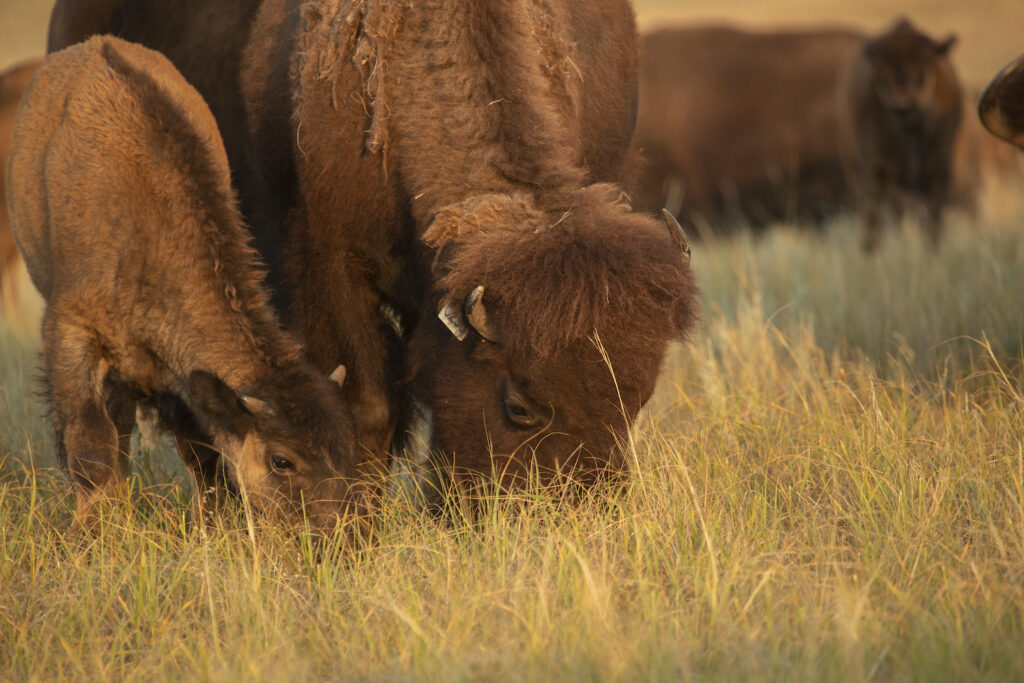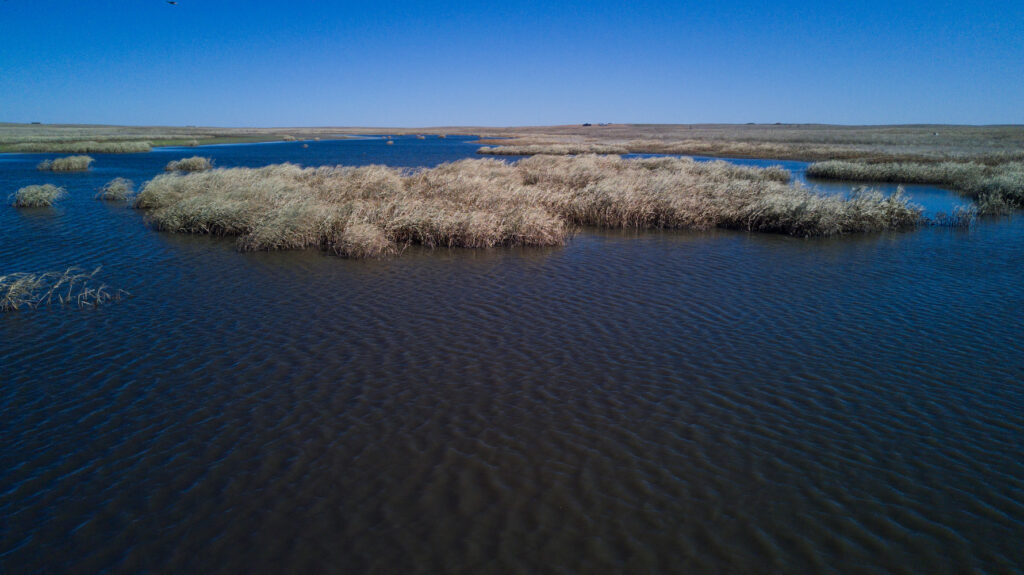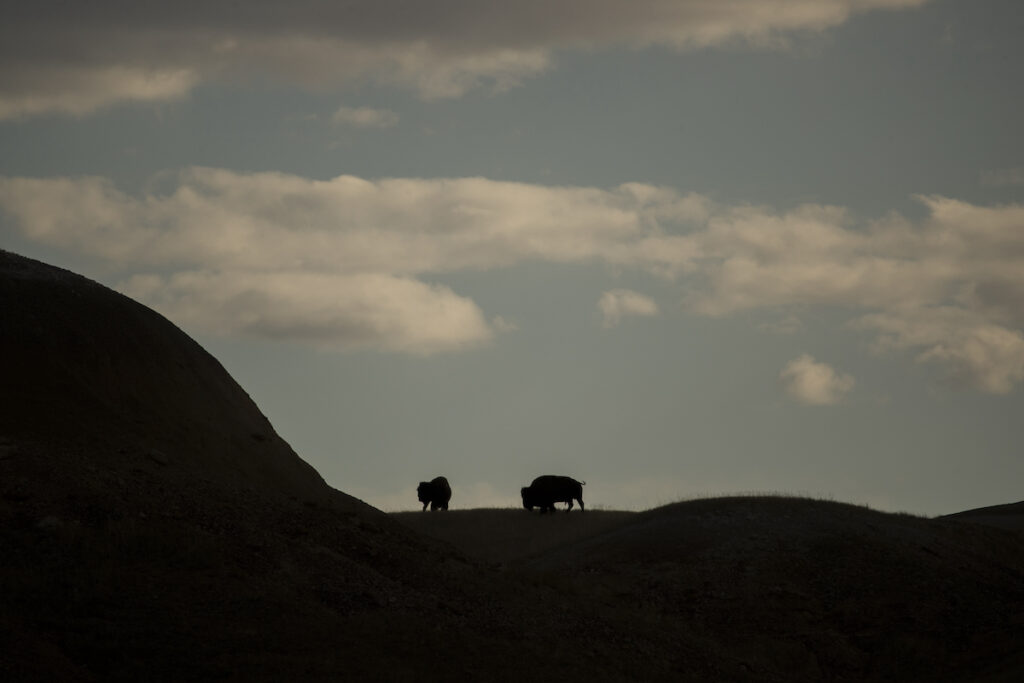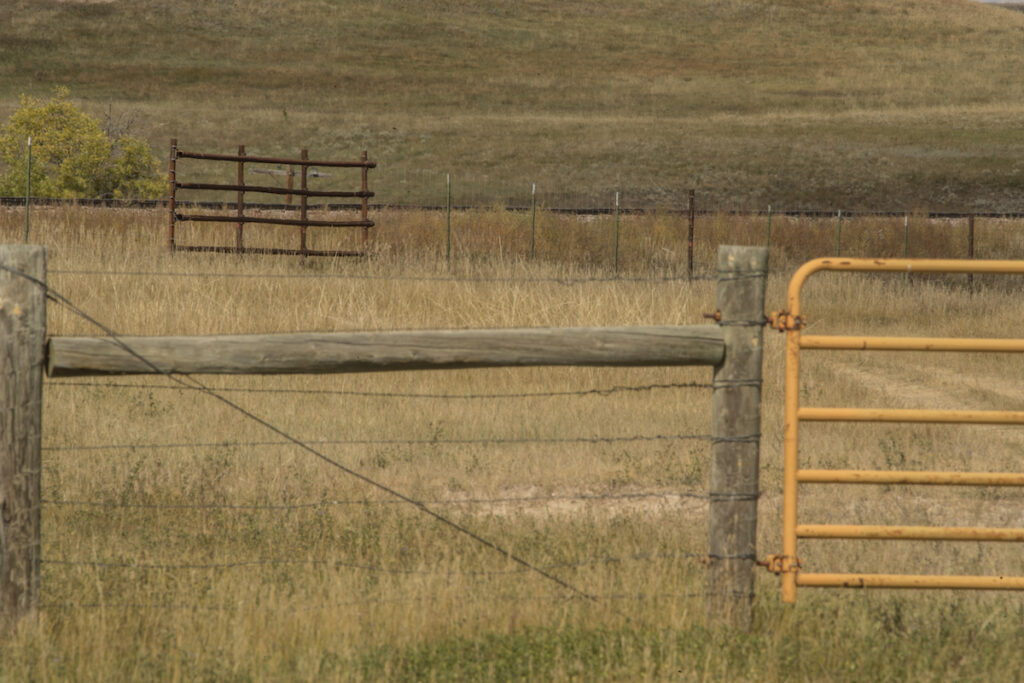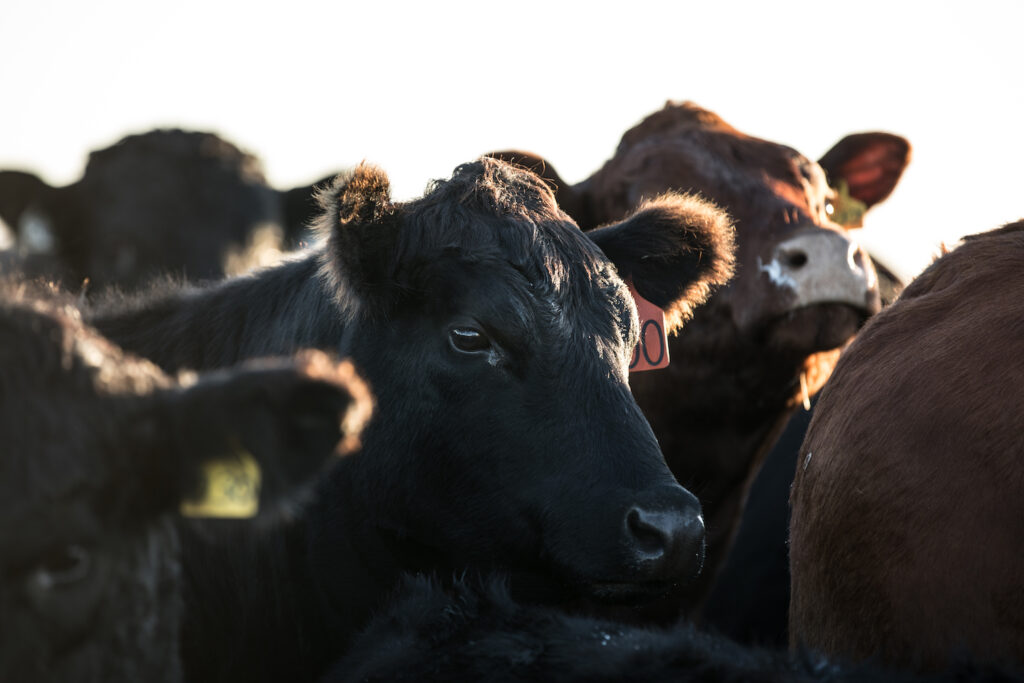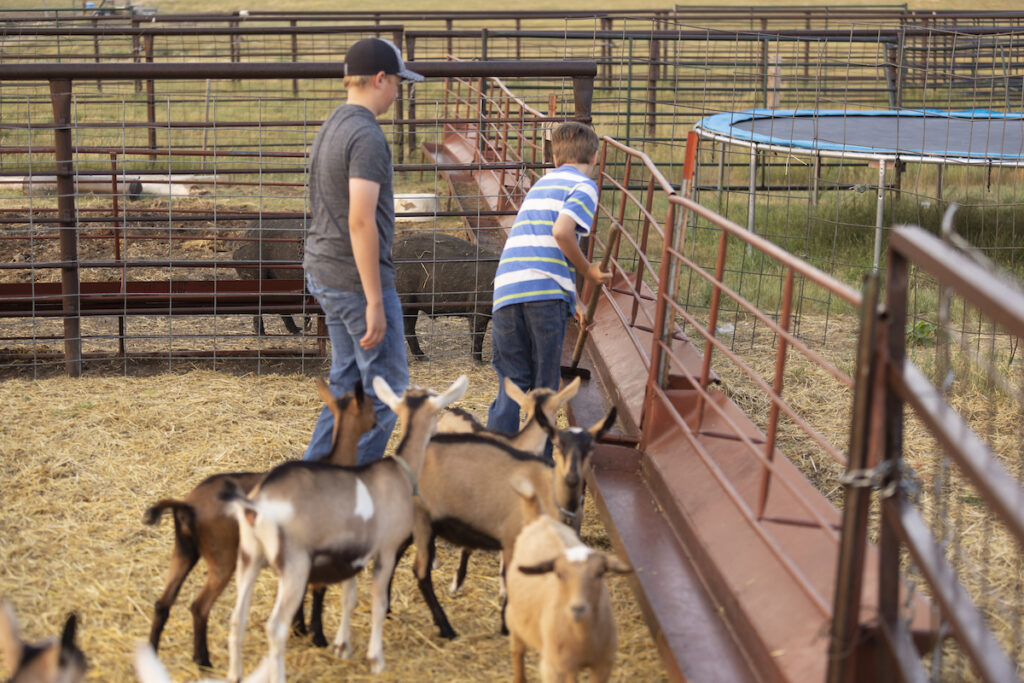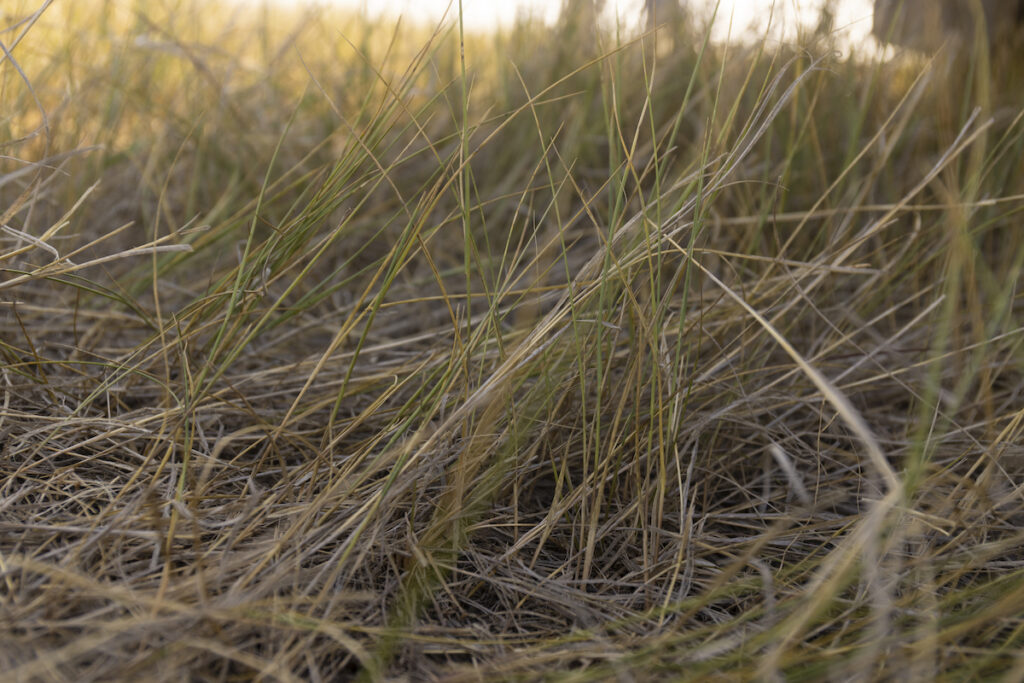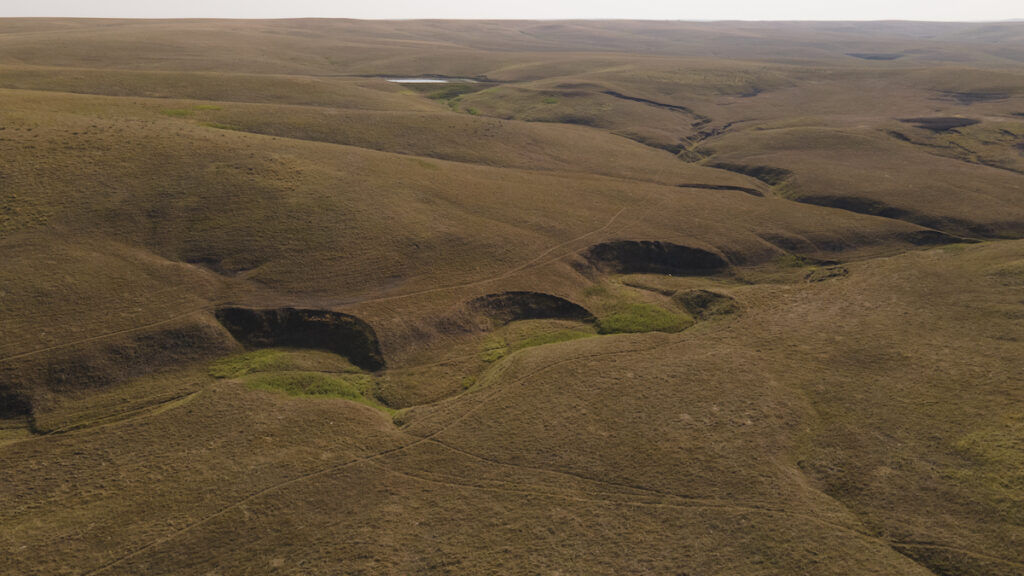Increasing stocking rates is the goal of every land manager wanting to keep the wolf away from the doorstep. That is just about all of us. However, we are limited on the number of livestock our land will sustain year after year. There is a ‘silver bullet’ in ranching and that is healthier soil. Managing […]
Increasing Stocking Rates: Here is how it Works Read More »

